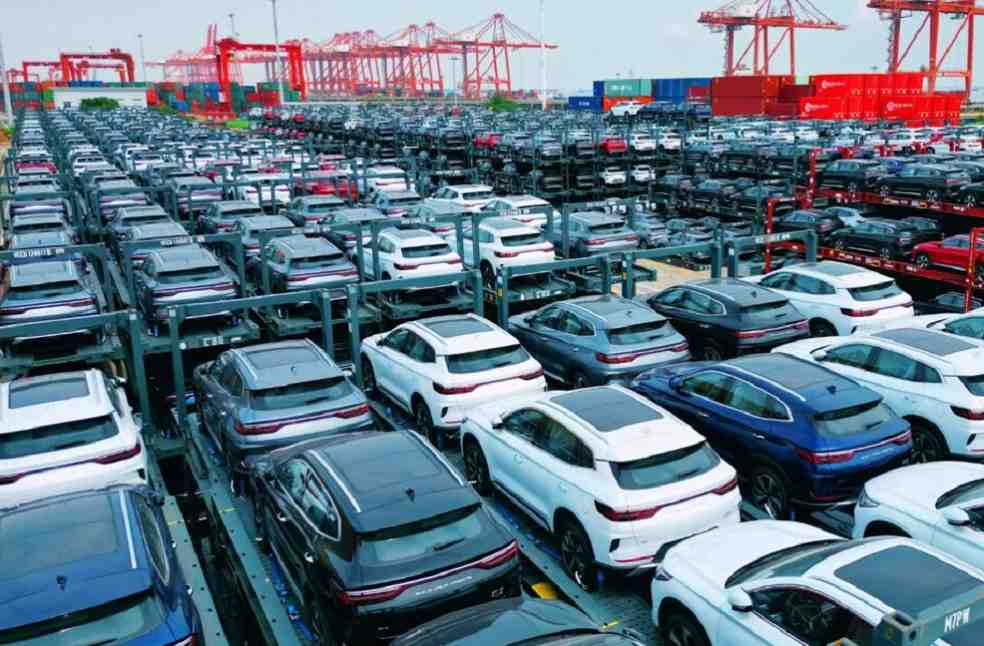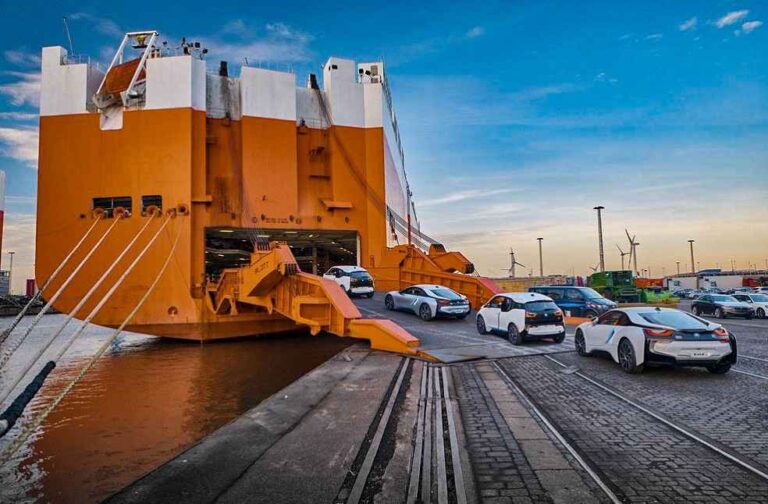The shortage of car-powered ships has led to unprecedented challenges in the transportation of electric vehicles (EVs) from China to Europe. This deficit has escalated shipping costs to unprecedented levels and has severely restricted EV exports.
The Shipping Industry’s Unforeseen Dilemma
During 2020’s pandemic-driven standstill, when car factories shut down globally, shipping companies made a strategic decision to scrap older fleets. Anticipating a protracted downturn, they cut down their capacity. Yet, the rebound in global automobile demand, particularly the surge in Chinese exports, outpaced expectations, leading to an acute shortage of critical shipping vessels.
Intense Competition and Capacity Strains
A leading executive from a global car distributor highlighted the intense competition in automotive shipping, which is operating at near capacity, yet still approximately 10% below pre-pandemic levels. The shipping sector now resembles a battlefield, with car manufacturers scrambling to secure logistics for their resumed production outputs.

Surging Demand, Skyrocketing Costs
Clarkson, a shipping agency, anticipates a 17% jump in global car shipments for 2023, with the numbers expected to touch a record 23.4 million. Europe’s import increase stands out, marking a 40% rise through 2023. China, a key player, is projected to export 4.3 million vehicles, a stark contrast to its 2020 figures. The scarcity of shipping options has catapulted daily charter costs to $115,000, a sevenfold increase from 2019.
Shipping Industry’s Paradoxical Situation
Stephen Gordon, research director at Clarksons, sheds light on the industry’s conundrum: a tight market grappling with high demand yet facing a dearth of new ship arrivals. Despite orders for 80 new vessels in 2023, their completion is still a few years away, leaving the market stretched thin.
EV Exports to Europe Hit a Snag
This shortage particularly hampers Chinese brands exporting EVs to Europe. As Matthias Schmidt, an analyst specializing in European EV sales, points out, these brands are trapped in a dilemma. Their reliance on sea freight, coupled with a lack of European manufacturing facilities, leaves them vulnerable.

Stagnation and Future Prospects
The lag in Chinese-branded vehicle growth in Europe can be traced back to these logistic hurdles, despite their expanding market presence. Future relief seems distant, with plans for European factories by Chinese companies only materializing towards the decade’s end. Notably, a quarter of Europe’s EV sales are attributed to mainland China, encompassing brands like Tesla, BYD, Polestar, and others.
Post-Pandemic Global Trade Hurdles
This development underscores the long-term impact of the pandemic on the global supply chain, particularly in the automotive sector. The shipping vessel shortage stands as a critical challenge, affecting automakers and consumers alike, a vivid illustration of the interconnectedness and vulnerabilities of modern global trade.
DON’T MISS | Korean Automakers Gear Up for Global Expansion in 2024





